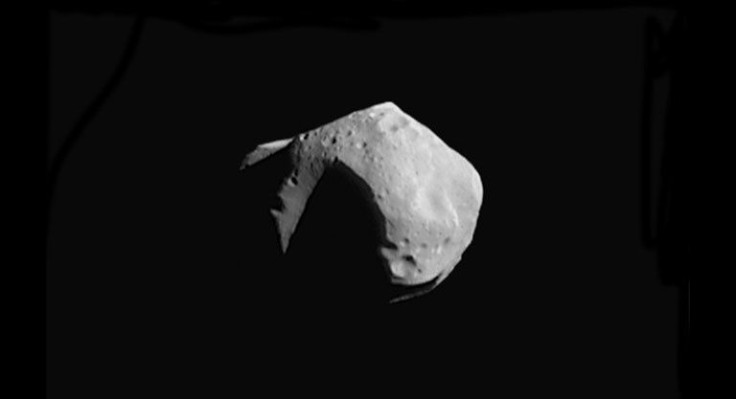6-Feet-Wide Asteroid Disintegrates In Atmosphere Over Botswana Hours After Discovery

An asteroid on a collision course with Earth disintegrated over Botswana in Southern Africa just a few hours after its initial discovery on the morning of June 2.
The space rock, officially called 2018 LA, entered Earth’s atmosphere at a speed of around 38,000 miles per hour, but due to its small six feet-wide size, all of it safely disintegrated several miles above Earth’s surface, creating a bright evening fireball for the locals to witness.
“This was a much smaller object than we are tasked to detect and warn about," Lindley Johnson, Planetary Defense Officer at NASA Headquarters, said in a statement. "However, this real-world event allows us to exercise our capabilities and gives some confidence our impact prediction models are adequate to respond to the potential impact of a larger object."
2018 LA first appeared as a faint-streak in the observations taken by the NASA-funded Catalina Sky Survey in Arizona. At that time, the asteroid was as far away as the Moon’s orbit. However, follow up observations from asteroid observers and ATLAS asteroid survey confirmed that it is on a collision course with Earth and will soon enter the planet’s atmosphere. NASA was able to determine that the atmospheric impact would occur somewhere over Southern Africa, but it did not send impact alerts because the asteroid was too small to cause any damage.
"The discovery of asteroid 2018 LA is only the third time that an asteroid has been discovered to be on an impact trajectory," said Paul Chodas, manager of the Center for Near-Earth Object Studies (CNEOS) at the Jet Propulsion Laboratory. "It is also only the second time that the impact location was predicted well ahead of the event itself."
As the agency expected, the post-impact infrasound signals collected from a listening station indicated an impact over Botswana. Reports of a fireball streaking across the sky in the country and a webcam video showcasing the space rock disappearing over the horizon also surfaced on the internet.
Though this asteroid burned in the atmosphere without any damage, one nearly 10 times bigger in size went completely undetected and exploded over Chelyabinsk, Russia, in 2013. The explosion of the space rock created a massive shockwave that damaged thousands of buildings across six Russian cities. Around 1,500 people suffered injuries, largely due to the broken glass of shattered windows, after the asteroid impact.
Asteroid identification and tracking
The monitoring, detection, and tracking of potentially hazardous near-Earth asteroids is an ongoing project which includes NASA as well as other agencies. Scientists have characterized some 8,000 space rocks spanning at least 460 feet across in size, but around 17,000 of the same size still remain unidentified, according to a Space.Com report. The work goes on all the time, but sometimes, the sheer size, speed, trajectory, and chemical composition of these objects makes it hard for the astronomers to see them in visual wavelength.
© Copyright IBTimes 2024. All rights reserved.





















